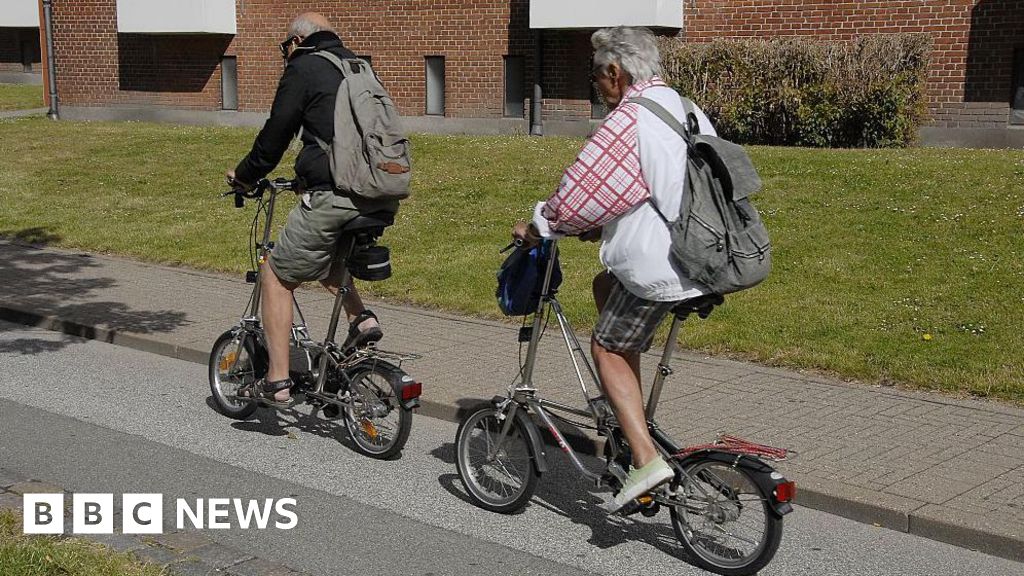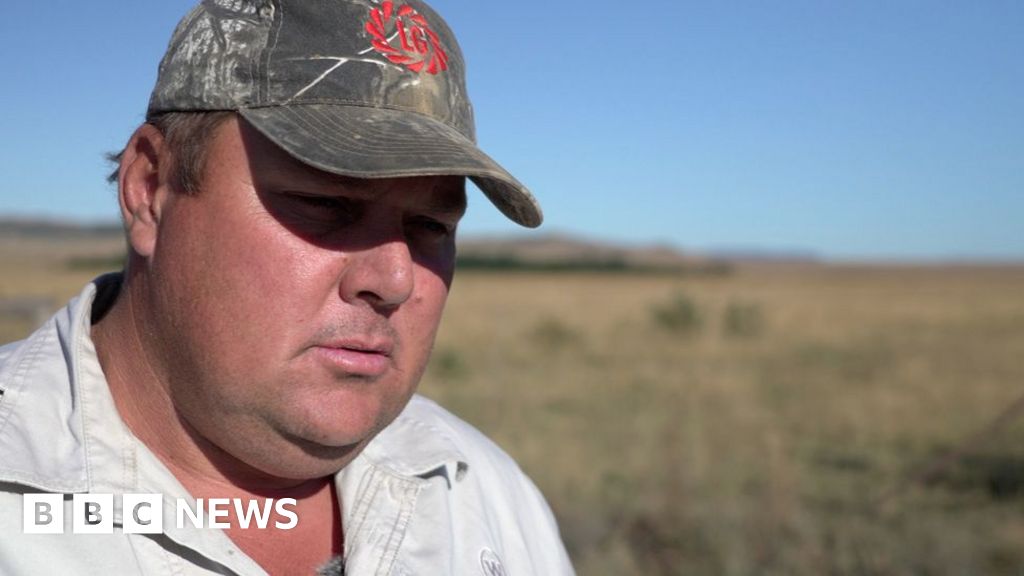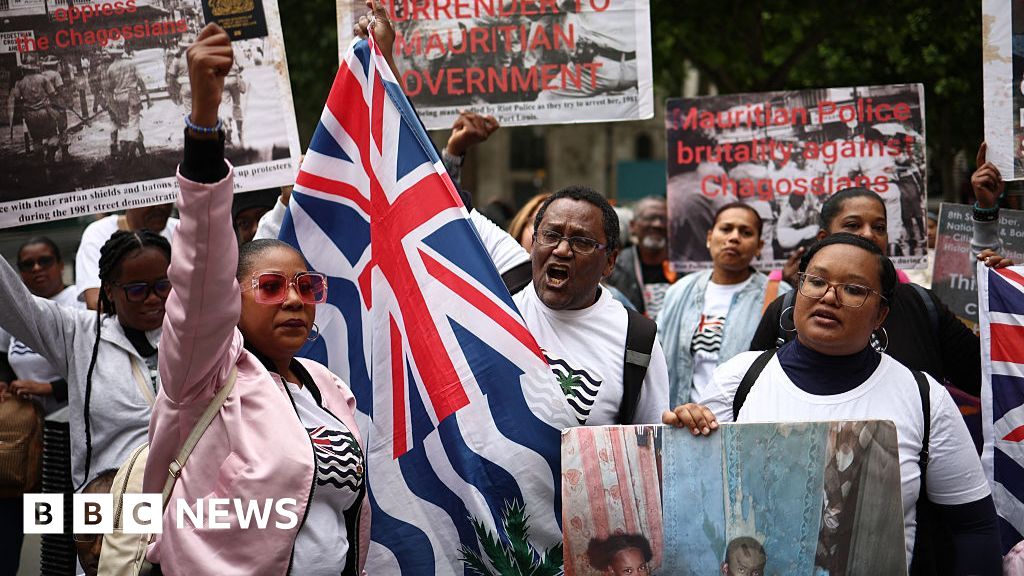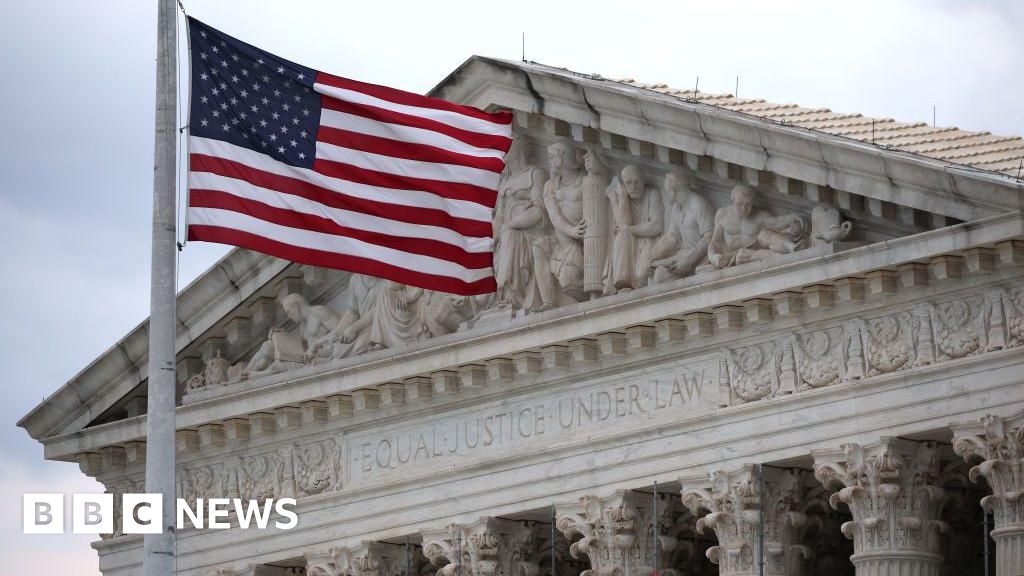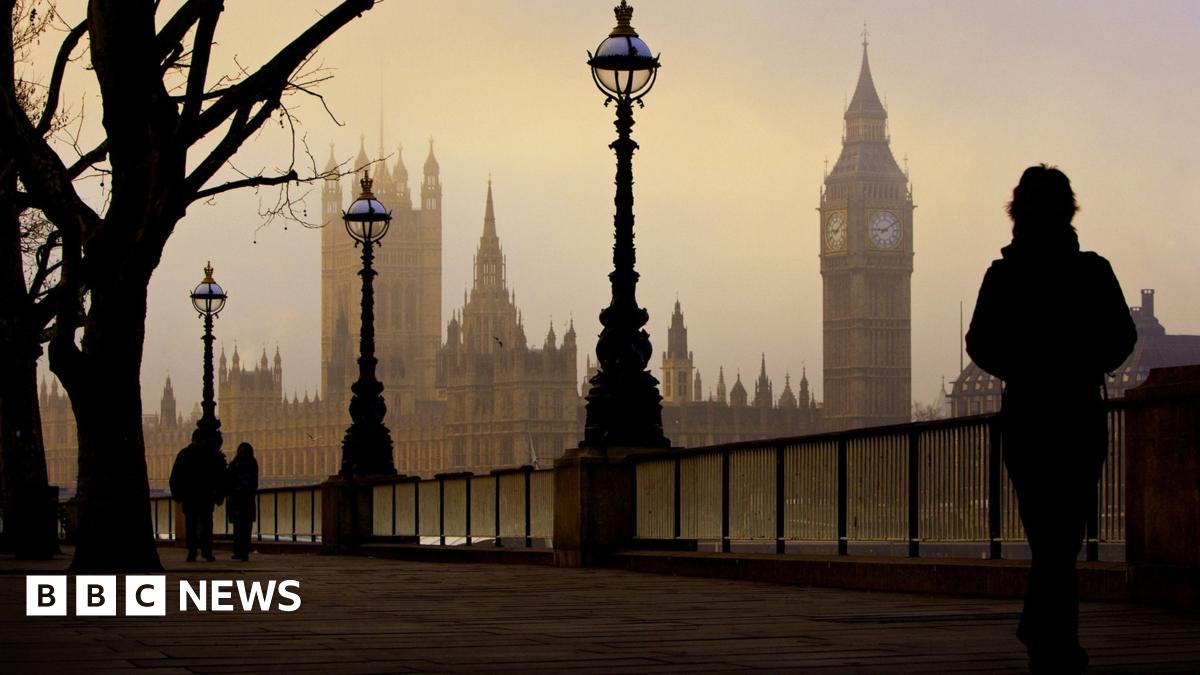We’re not ready for the next disaster
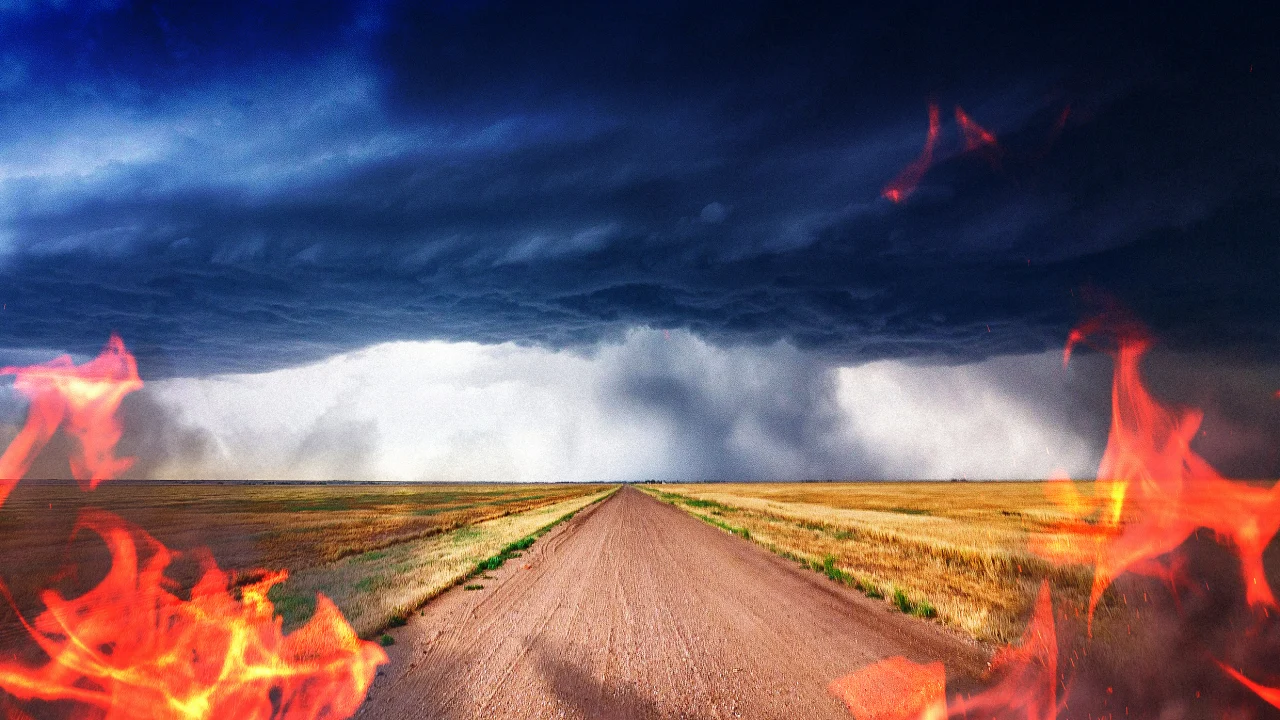
Hurricane season officially begins in 10 days. The National Oceanic and Atmospheric Administration (NOAA) announced today that the U.S. is likely to see an above-average number of hurricanes this year, with 13–19 named storms, six to 10 hurricanes, and three to five major hurricanes.
It’s not just hurricane season, but disaster season in general. Recent tornadoes have killed dozens of people. As the summer progresses, there’s a bigger risk of both extreme heat and wildfires. (The nonprofit Union of Concerned Scientists calls May through October “danger season,” and points out that the risk of major hurricanes, floods, heat waves, and fires keeps getting significantly worse because of climate change.)
We’re not ready for the next big disaster. At NOAA, which collects crucial data and makes forecasts, more than 1,000 employees have been fired or took retirement offers because of DOGE. The administration also wants to cut NOAA’s budget by around 30%. At FEMA, an internal memo last week said that the agency’s normal process to prepare had been “derailed by other activities like staffing and contracts.” At least 2,000 of the agency’s roughly 6,000 full-time employees have left or plan to leave.
“I think Americans are going to start seeing after a major disaster that the response they normally see from FEMA is just not there,” says Joel Scata, a senior attorney at the nonprofit NRDC. “They’re going to be left fending for themselves. They’re going to be left wondering where FEMA staff are because FEMA doesn’t have the capacity to address it right now.”
Some changes are already apparent. In St. Louis, a historic 23-mile-long tornado killed five people, injured 38, and caused more than $1.6 billion in damages on May 19. Despite the scale of the disaster, FEMA was slow to arrive. Republican lawmaker Josh Hawley had to beg for help. In Mississippi, the state is still waiting for approval of a disaster declaration for tornadoes that happened two months ago.
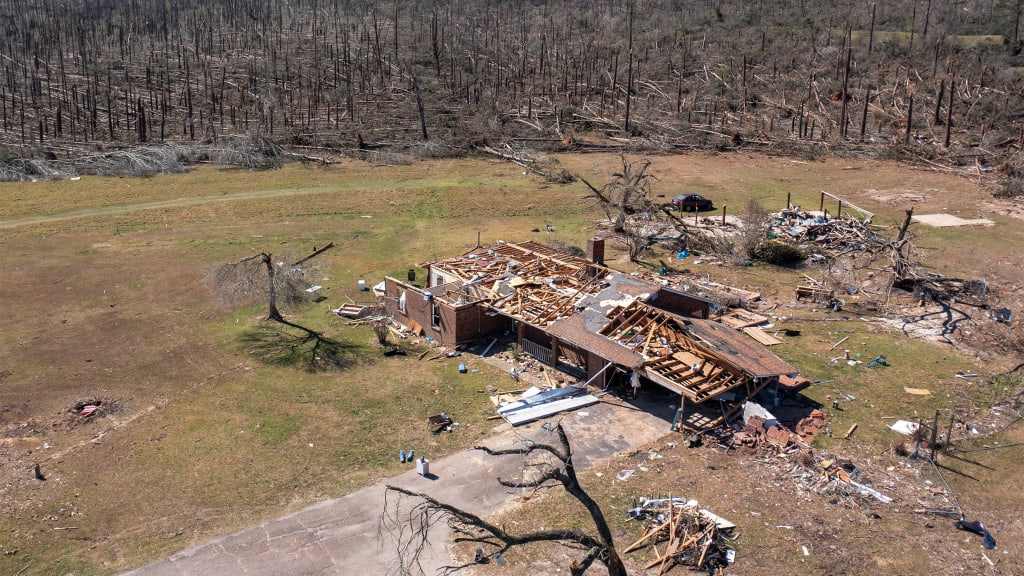
Trump suggested “maybe getting rid of FEMA,” shortly after taking office, and Kristi Noem, the secretary of the Department of Homeland Security, said in March that she wanted to “eliminate” FEMA. Project 2025, the policy blueprint that the Trump administration is closely following, calls for moving the responsibility for disasters to states. Trump has echoed that idea. But states aren’t ready to fill the gap.
Right now, states depend on support from FEMA, including through grants for emergency management and preparedness. “Those grants have been put on pause,” says Scata. “Other grants that would really help states prepare and shoulder some more of the burden that the Trump administration keeps pushing them to do have also been cut. So they’re kind of putting states in a position where they’re saying, ‘You need to take on more responsibility,’ but also undercutting their ability to take on more responsibility.”
FEMA’s newly appointed head, David Richardson, reportedly admitted this month that the agency didn’t yet have a plan for hurricane season. Richardson, who doesn’t have a background in emergency management, also seemed unfamiliar with what his job entailed. “I feel a little bit like Bubba from Forrest Gump,” he said in a recent video viewed by the Wall Street Journal. “We’ve got hurricanes, we’ve got fires, we’ve got mudslides, we’ve got flash floods, we’ve got tornadoes, we’ve got droughts, we’ve got heat waves and now we’ve got volcanoes to worry about.”
At NOAA, DOGE’s push to cut employees and funding could potentially impact forecasting. Weather balloons record data, such as wind speeds, used in forecasts. But the National Weather Service has started reducing balloon launches. Ocean buoys measure temperature, a key factor in forecasting hurricanes. They require regular maintenance, which will be more challenging with fewer employees. (At a press conference today, however, NOAA said that it’s continuing to roll out more accurate models for forecasting, and emphasized that it believes it’s fully prepared for the upcoming hurricane season.)
The Trump administration is also pushing to shut down a research division that includes “hurricane hunters” who fly into oncoming storms to gather more data to predict a hurricane’s path and strength. Proposed budget cuts would also gut research on climate change and models to improve future forecasting. Grants to help communities become more resilient to disasters have also been cut.
Some National Weather Service field offices are now severely short staffed and scrambling to try to find more employees, including offices in Texas and Louisiana. At the moment, some don’t have regular overnight coverage. At the offices, meteorologists take warnings from the National Hurricane Center and localize the information, predicting where flooding and other impacts may hit hardest, and working with local emergency managers to plan evacuations. While other offices can provide remote support, and employees can work extra shifts if a severe storm is predicted, the shortages will strain the remaining staff.
Brian LaMarre, who recently accepted an early retirement offer at the Tampa Weather Forecast Office, says he still expects the National Hurricane Center to provide excellent data. But if staff shortages continue in local offices, the people who need to provide critical coverage in emergencies could quickly burn out. “We make it work, but is it sustainable? Probably not,” LaMarre says. “Because the more active the weather becomes, you can only do that so many times before burning people out, and morale gets impacted. That’s why hiring needs to start and there needs to be real strong congressional and public support for the National Weather Service. It’s a public safety mission. The weather knows no bias when it comes to politics. The weather impacts everyone the same.”
In a statement, a National Weather Service spokesperson said, “The National Weather Service continues to meet its core mission of providing life-saving forecasts, warnings, and decision support services to the public, our partners and stakeholders. In the near term, NWS has updated the service level standards for its weather forecast offices to manage impacts due to shifting personnel resources.” The spokesperson didn’t comment on whether the agency had an exemption from a current federal hiring freeze.
NOAA was short-staffed even before DOGE began aggressively trying to push more people out. “NWS staff will have an impossible task to continue its current level of services,” all five former National Weather Service directors wrote in a recent open letter about the DOGE cuts and proposed budget cuts. “Some forecast offices will be so short-staffed that they may be forced to go to part-time services. Our worst nightmare is that weather forecast offices will be so understaffed that there will be needless loss of life.”
What's Your Reaction?
 Like
0
Like
0
 Dislike
0
Dislike
0
 Love
0
Love
0
 Funny
0
Funny
0
 Angry
0
Angry
0
 Sad
0
Sad
0
 Wow
0
Wow
0




